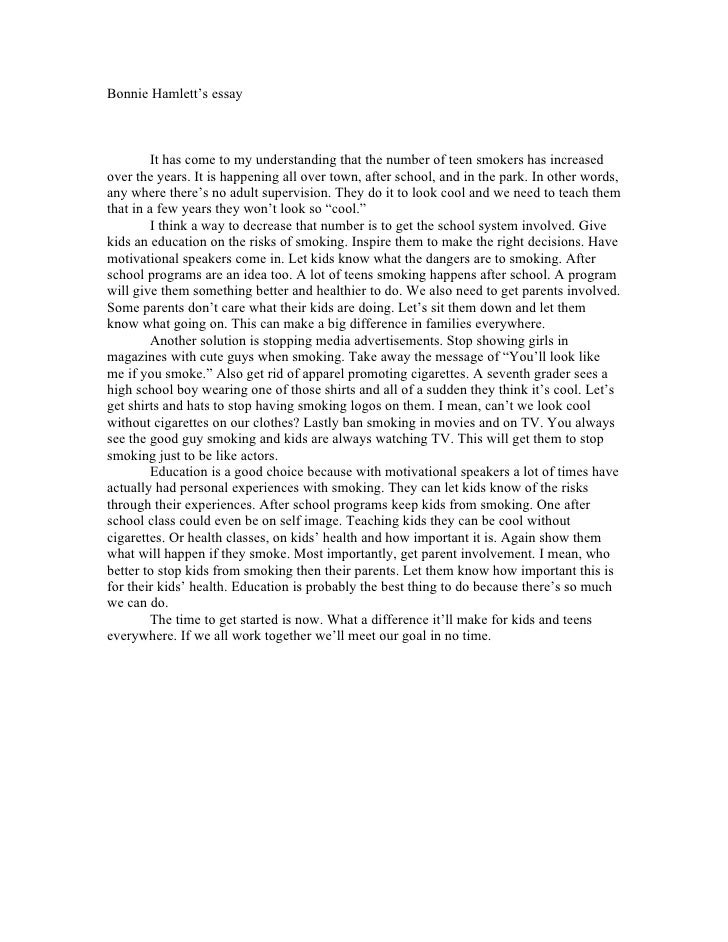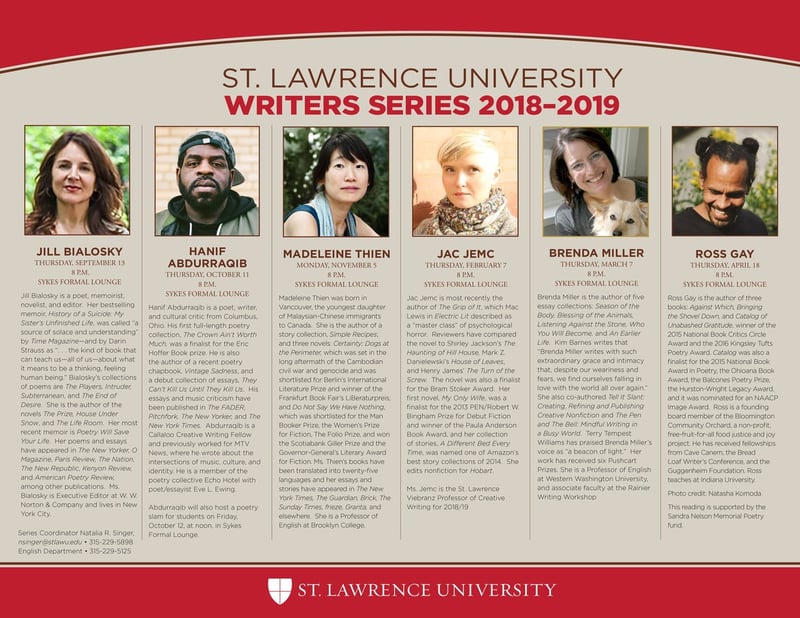A Portrait Of The Artist As Young Man Free Essays.
This paper examines the crucial role played by religion in the construction of the identity of Stephen Dedalus’, protagonist of James Joyce’s novel, A Portrait of the Artist as a Young Man, as he.
Joyce's A Portrait of the Artist as a Young Man. A Portrait of the Artist as a Young Man is James Joyce's first novel. It was published serially in a magazine called 'The Egoist' between 1914 and 1915. It was published as a book in 1916. It has a long and tortured process of composition.
A Portrait of the Artist as a Young Man is a literary work that has many distinct aspects involved in it. The stylistic method of writing that Joyce uses is perhaps the most notable of them. Not once in the novel are quotation marks used, making it difficult to judge where dialogue begins and ends.
James Joyce’s A Portrait of the Artist as a Young Man follows the development of a young Catholic Irishman from early boyhood to young adulthood. Here Dr Katherine Mullin examines Joyce’s portrayal of artistic expression, sexual transgression, and the repressive forces of culture and church.
Next, Stephen divides art into three forms: the lyric, which is centered on the artist; the epic, which is centered somewhere between the artist and the external world; and the dramatic, which is centered so completely on the external world (or rather its image) that the artist disappears behind the artwork. He mentions some aesthetic questions he likes to ask himself, related to the rules he.
In Joyce's A Portrait of the Artist as a Young Man it is not only Stephen's ideas and interests which change, but also his fundamen-tal means of experiencing and structuring the world about him. I shall attempt to explore his radical confrontation with this world with respect to two parameters, time and language; occasionally I.
A Portrait of the Artist as a Young Man; Quotes; Study Guide. A Portrait of the Artist as a Young Man Quotes. By James. en route to his epiphany, reaffirms his otherness.. This is Joyce’s clever reference to Portrait of the Artist itself, which moves from the third person to the first person.








